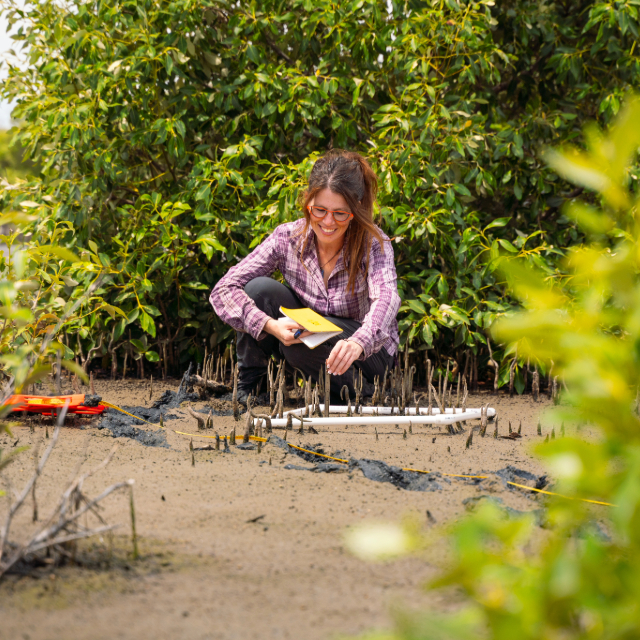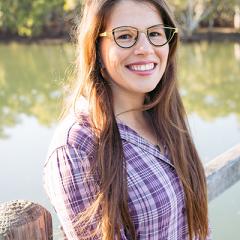CBCS Postdoctoral Research Fellow
CBCSer Dr Alice Twomey, a multidisciplinary Research Fellow working with Professor Catherine Lovelock, has been named one of Science Technology Australia’s Superstars of STEM – an Australian initiative that aims to tackle the gender inequity of visible diverse role models featured in the media as experts in STEM.
Selected as one of just 60 participants in the highly competitive program, Alice is excited at the opportunity to challenge stereotypes about what it means to be a scientist and connect with a strong network of like-minded researchers. “What I’m most excited about is the community I’m going to be a part of”, Alice says. Speaking to us after attending her first welcome event as part of the program, she tells us that “it felt so great to be in a room full of people who are there to support you, and be surrounded by a group of women and non-binary people who are all striving for the same thing: to promote and inspire STEM pathways for young people. It felt like a big warm fuzzy hug!”
Coastal protection and communication
Alice’s research focuses on improving the hydrological connectivity of coastal ecosystems such as mangroves, saltmarshes and seagrasses. By modelling water flows through wetland areas, she helps identify opportunities to restore tidal movement, enhancing the resilience of these critical habitats and supporting their role as nature-based solutions for coastal protection. As she embarks on this new journey with the Superstars of STEM, Alice is looking forward to using her platform to share her work, inspire future scientists and break down outdated perceptions of who belongs in science.
“For the next two years I’ll be communicating science and developing more skills on how to do that in the media, because the goal of Superstars of STEM is to really promote women and non-binary people in STEM to show all the other women and non-binary people that yes, there are role models – because you can’t aim to be what you can’t see”, Alice says.

models that aim to predict sediment accretion.
Image credit: Miranda Fittock
“Additionally, a lot of the focus for me over the next two years will be talking in schools and communities that are likely landlocked and don’t have access to the coast. In that way, not only are they seeing a female role model in a non-traditional field – engineering has very low female participation – but a lot of young people might not have ever seen the ocean. And they might not know that my job exists; for example, ecological engineering didn’t exist when I was in high school… it’s a very new and emerging field”, Alice explains.
At the same time, Alice is expanding her own research horizons. “I’ve just been awarded a Short-Term Fellowship from the Smithsonian Tropical Research Institute (STRI) in Panama”, she says. “Later this year I’ll be heading over to Panama for three months to work with Dr Rachel Collin, Director of the Bocas del Toro Research Station at STRI. I’ll be building ecosystem models that hydrologically connect mangroves, salt flats and karst systems, and I’ll be linking this project with work that I’ve done in Exmouth, Western Australia. This fellowship provides a unique opportunity to compare these landscapes which both face distinct local threats (salt mining in Western Australia and land conversion to aquaculture in Panama). I’ll be doing a Panama–Australia comparison, aiming to understand how vulnerable they are to local threats as well as climate change. These are extremely data-poor environments and so I’m also trying to understand what we might be losing if they are degraded.”
To keep up to date on our latest events, check out our Bluesky and LinkedIn.

